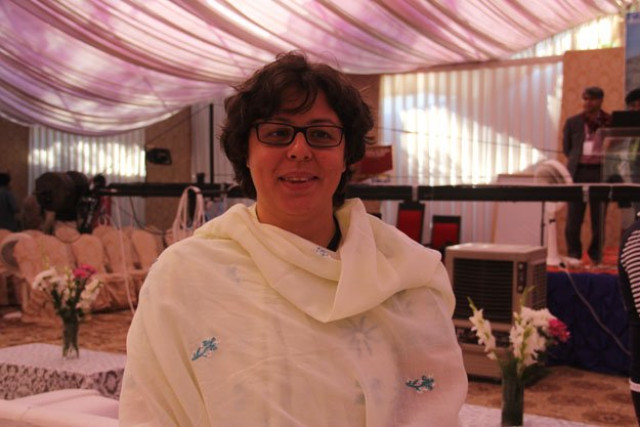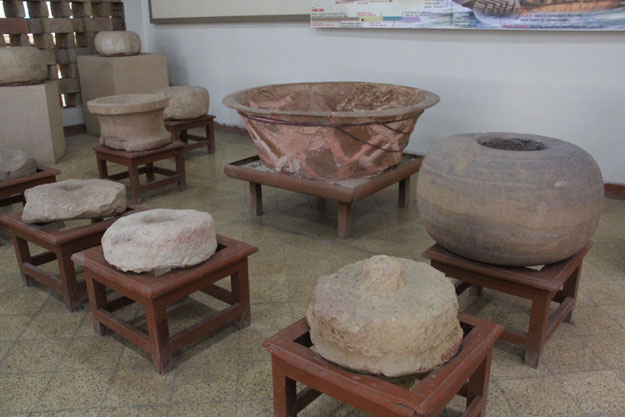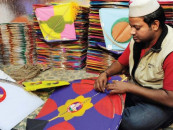‘People in Indus Valley Civilisation exploited, used fuel resources’
The three-day conference on Friday focused on the protection and preservation of the ancient civilisation

PHOTO: EXPRESS
Indus Valley Civilisation comes alive as Moen Jo Daro conference kicks off
The three-day conference on Friday focused on the protection and preservation of the most ancient civilisation.
Dr Carla Lancelotti, during the first session of the conference, said the reconstruction of how people used fuel resources was one of the tools for exploring past socio-ecological systems.
 PHOTO: AYESHA MIR/EXPRESS
PHOTO: AYESHA MIR/EXPRESSShe maintained that the region in the third millennium BC was undergoing a period of aridification, a process in which a region becomes increasingly dry, and fuel wood was also probably scarce.
However, the researcher added that “The material that had been found abundantly at the excavation sites for fire, which served for sustenance, was dung and crop processing leftover."
 PHOTO: AYESHA MIR/EXPRESS
PHOTO: AYESHA MIR/EXPRESSThe scholar who hails from Spain and had received a PhD degree in Archaeobotany from the University of Cambridge also presented her research paper before the audience.
She said, "There are several practical and also social and cultural motives that compel people to burn specific fuels or apply a determined strategy of fuel exploitation for fire, cooking and rituals in all the sites of the Indus Valley Civilisation."
 PHOTO: AYESHA MIR/EXPRESS
PHOTO: AYESHA MIR/EXPRESSLet us re-excavate Moen Jo Daro, urges archaeologist
Dr Lancelotti added that biological and chemical proxies were combined to analyse fuel-related contexts such as a fireplace, ashy patches, pits and floors from the levels dated to the Harrapan phase of four different sites – Harrapa, Kanmer, Shikarpur and Alamgirpur in Gujarat state – in India.
 PHOTO: AYESHA MIR/EXPRESS
PHOTO: AYESHA MIR/EXPRESSThe international scholar also emphasised while giving a presentation that the results of the archaeological analyses also contribute to form a mosaic of similar social practices related to fuel exploitation and use.
Since Thursday, the ancient Indus Valley civilisation has been brimming with archaeologists and researchers from across the world.
Scholars from the United States, Spain, Italy, France, Japan, and from Pakistan are participating in the event.
During the inauguration speech, Unesco Pakistan director Vibeke Jensen pointed out how the setting of Moen Jo Daro was vulnerable to human and natural influences and if not preserved, this site would be lost.



















COMMENTS
Comments are moderated and generally will be posted if they are on-topic and not abusive.
For more information, please see our Comments FAQ